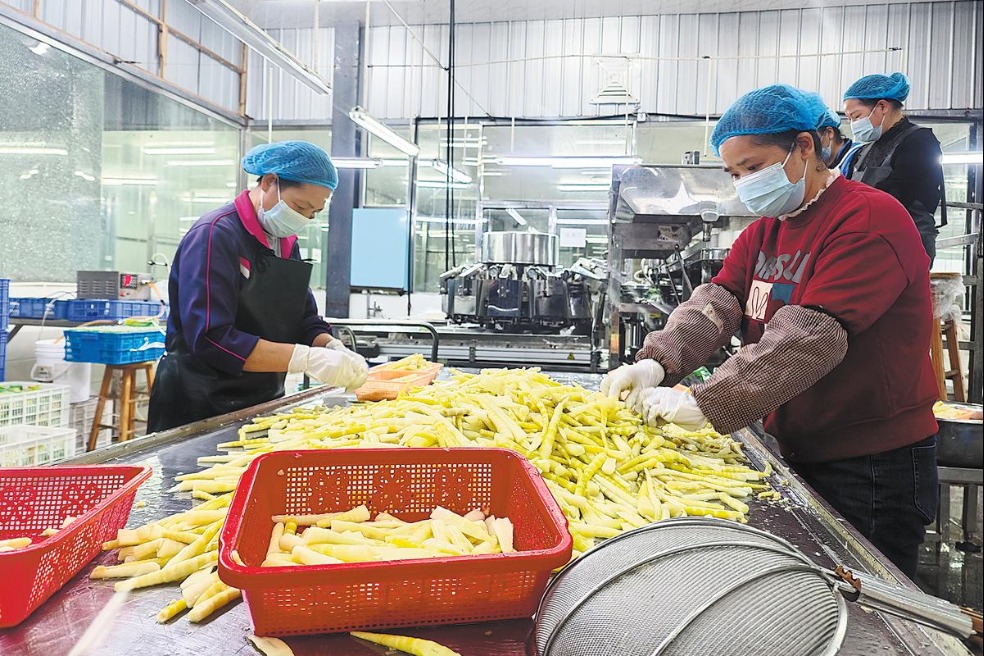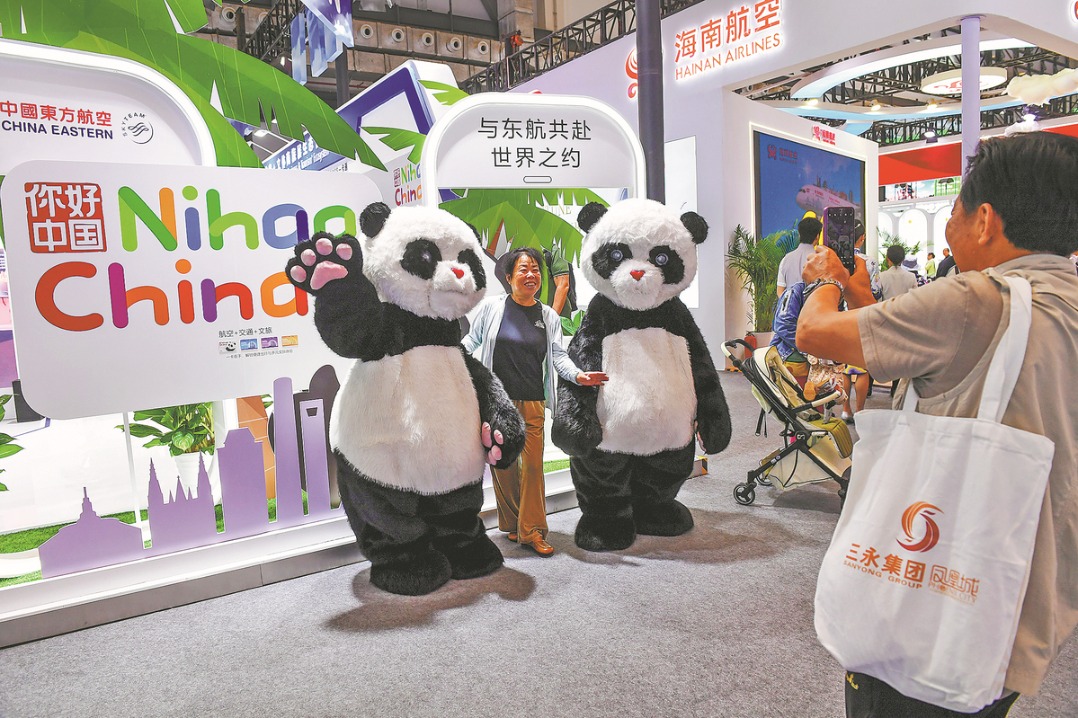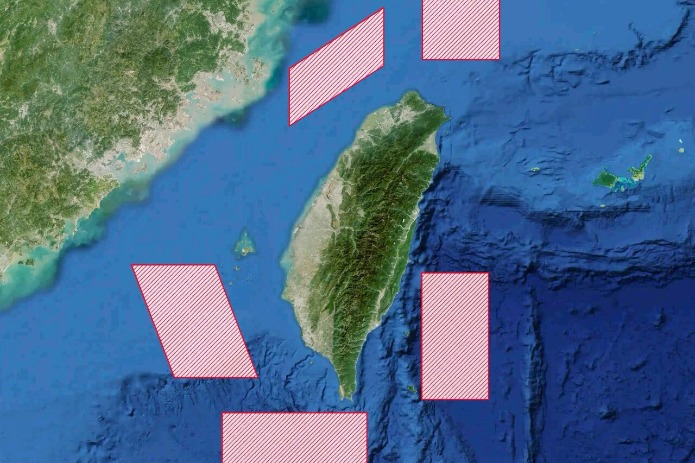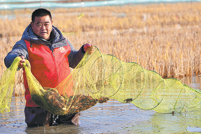Vision China studies influence of ancient culture on modern world





The place that witnessed the dawn of Chinese civilization more than 5,000 years ago, on Thursday hosted experts who gathered to explore the values the modern world could learn from the distant past.
The Vision China event, jointly organized by the National Cultural Heritage Administration, China Daily and the Publicity Department of the Communist Party of China Liaoning Provincial Committee, was held on Thursday in Chaoyang, Liaoning province.
Themed "Tracing the origins of Chinese civilization and passing it on to future generations", the event invited Chinese and foreign experts engaged in archaeological and historical research, civilization studies and cultural heritage protection to share their insights on Hongshan Culture, the development of world civilization, and cultural inheritance and innovation.
At a symposium on cultural inheritance and development on June 2, President Xi Jinping, who is also general secretary of the Communist Party of China Central Committee, summarized five prominent features regarding Chinese civilization — consistency, originality, uniformity, inclusiveness, and peacefulness.
In his keynote speech at the event, Li Qun, director of the National Cultural Heritage Administration, called for in-depth study and implementation of Xi's guidance on cultural heritage work.
"We will deepen our research in key programs, including projects engaged in tracing the origins of Chinese civilization, systematically reveal the discoveries of ancient Chinese society and its historical development patterns," Li said.
Hongshan Culture was a key Neolithic culture renowned for its exquisite jade. It covered parts of today's Inner Mongolia autonomous region, as well as Liaoning and Hebei provinces.
In the early 1980s, a team of archaeologists discovered the Niuheliang site dating back 5,000 to 5,500 years in Chaoyang, marking a milestone in the study of Hongshan Culture.
Liu Huiyan, head of the publicity department of the Liaoning Provincial CPC Committee, said the great discovery of Niuheliang not only expanded the scope of archaeological study of ancient Chinese history from the Yellow River Basin to the western region of the Liaohe River Basin, but also extended the recorded history of Chinese civilization by 1,000 years, providing real archaeological evidence about the more than 5,000-year-old Chinese civilization.
Qu Yingpu, publisher and editor-in-chief of China Daily, highlighted the important historical references provided by Hongshan Culture for modern development, and vowed to expand communication platforms, create high-quality and multimedia products featuring Chinese culture, and promote exchanges and mutual learning among world civilizations.
"We visited the Niuheliang site and were strongly moved by the long-standing and profound Chinese culture," he said. "This experience has deepened our understanding of President Xi's important speech and further enhanced our sense of responsibility and mission to tell the story of Chinese civilization to the world and promote communication between China and the world."
"We will stay firmly rooted in Chinese culture. We will collect and refine the defining symbols and best elements of Chinese culture and showcase them to the world," he said.
Guo Dashun, honorary director of Liaoning Provincial Institute of Cultural Relics and Archaeology, led the team that discovered the Niuheliang site in the 1980s. Speaking at the event, he said that the site's altar, temple and tombs, which were used for worship and sacrifice, are scattered over a wide area but are well-structured and form an organic complex with rigorous layouts and a central axis.
The use of jade at funerals in Niuheliang and its layout of a south-north central axis is a major topic of research in the study of the origin of China's traditional rituals.
He noted that scholars from home and abroad have shared the view that as the Hongshan Culture lay at the intersection of the ancient painted potteries cultural belt that spanned the Eurasian continent and the jade cultures that flourished along the Pacific coast, the development of the culture should be studied from a global perspective.
Liaoning has a long history and is a rich resource for cultural relics. It is home to 159 national key cultural heritage protection units, 128 registered museums, as well as UNESCO World Heritage Sites including capital cities and tombs of the ancient Gaogouli (Koguryo) Kingdom, imperial palaces and tombs of the Ming (1368-1644) and Qing (1644-1911) dynasties and the Great Wall.
Liu said that since 2017, archaeologists in Liaoning have been carrying out special investigations to further unearth the mysteries of the Hongshan Culture. By 2022, the number of Hongshan Culture sites discovered in the province had increased from around 90 to more than 500.
The Niuheliang site has yielded numerous new finds in recent years, providing new clues to better explain the nature of previous findings of the temple, the altar and mounds.
Lazare Eloundou Assomo, director of UNESCO World Heritage Centre, sent his greetings to the event through a video message, in which he noted that China has long advocated harmonious coexistence between people and nature.
Since joining the Convention Concerning the Protection of the World Cultural and Natural Heritage in 1985, China has been playing a leading role in the implementation of the convention and actively sharing its rich experience and expertise in the field of heritage conservation, he noted.
"We will participate in building up global governance and academic discourse systems, carry out practicable steps of the Global Civilization Initiative, promote collaborative archaeology as well as cooperation in cultural relic conservation and museums, and contribute Chinese wisdom, solutions, and strength to the world's protection of cultural heritage," Li Qun added.
"Vision China" is a series event that was launched by China Daily in 2018 to serve as a bridge for communication between China and the world by inviting well-known Chinese and overseas opinion leaders to give talks and share their ideas.
The event has already been held 27 times at home and abroad and through online platforms.

Today's Top News
- China to apply lower import tariff rates to unleash market potential
- China proves to be active and reliable mediator
- Three-party talks help to restore peace
- Huangyan coral reefs healthy, says report
- PLA conducts major drill near Taiwan
- Washington should realize its interference in Taiwan question is a recipe it won't want to eat: China Daily editorial


























